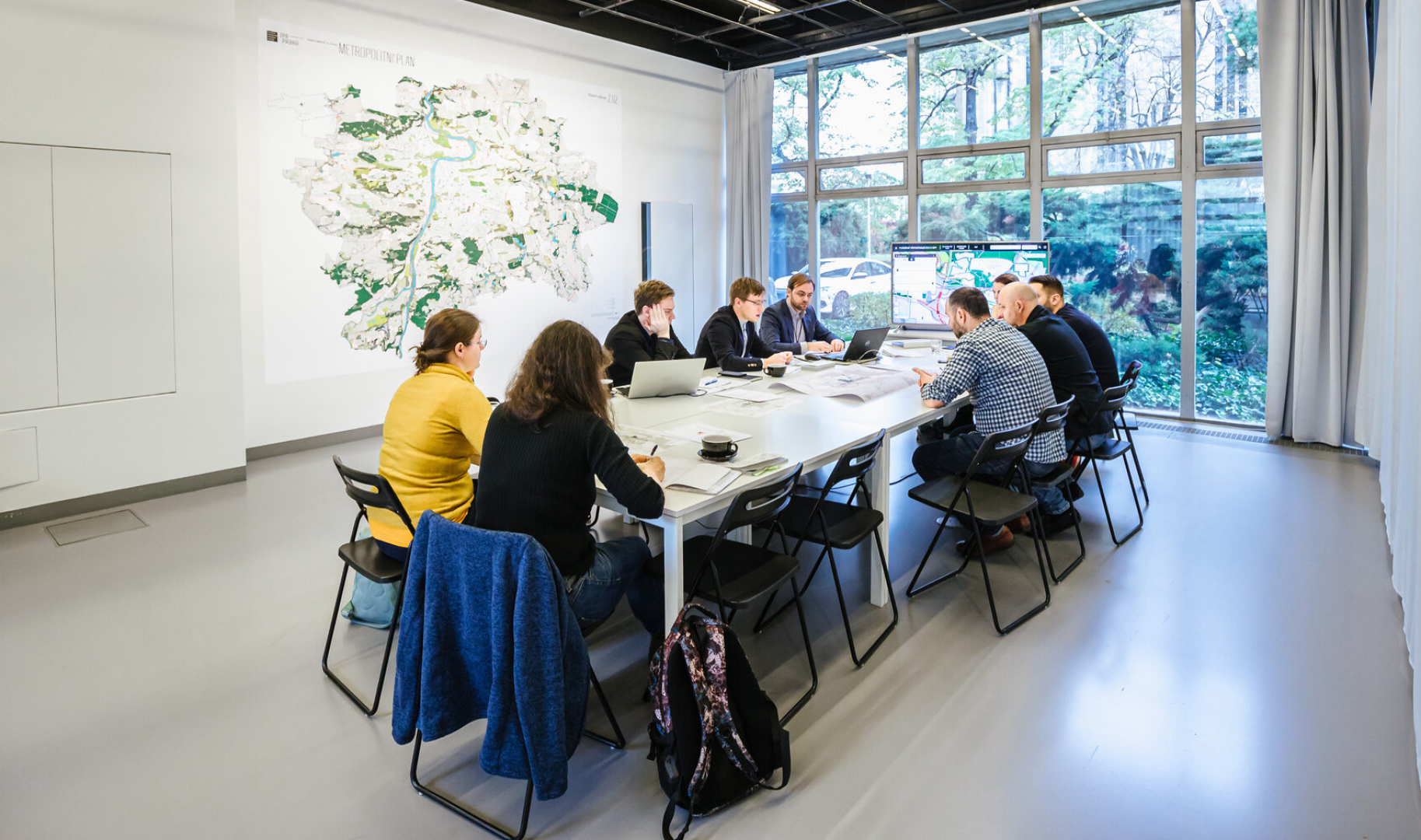Stakeholder Mapping
Participatory processes are not focused solely on the general public, but often require collaboration with key actors and stakeholders. That is, with people who represent the interests of a larger user group or community, or who can influence the success of the project in any way. Stakeholder mapping - i.e. identifying stakeholders that need to be involved in the participatory process - and the know-how to engage and communicate with them are therefore essential to the success of any participatory process.

TRAINING LEVEL: Beginner
Training Objectives
In this document you will learn:
- How to conduct a stakeholder mapping for your project
- Different categories of stakeholders according to their attitude towards the project and the best way to engage each of these categories
Table of Contents:
- Key terms definition
- Why is stakeholder mapping important?
- Stakeholder mapping procedure
- How to collaborate with stakeholders
1. KEY TERMS DEFINITION
STAKEHOLDER
Stakeholder, also a key actor/player, is a person or an entity who represents the interests of a larger user group or community, or who can influence the success of the participatory project in any way. It can be a company, institution or association whose agenda is related to the project in question, or an individual who influences public opinion (“opinion-maker”).
2. WHY IS STAKEHOLDER MAPPING IMPORTANT?
Stakeholder mapping allows you to properly design the participatory process during the project planning phase. Specifically:
2.1 You ensure that all relevant parties are involved in the process.
The omission of some stakeholders may cause them to question the process and lose trust in the institution. It also means that some perspectives will be left out from the participatory process, which may impact the success of the project (e.g. ignorance of oppositional positions that may later block the process; unawareness of the needs of all target groups leading to low-quality project results that will not be accepted by user group or community, etc.).
2.2 You gain understanding of the stakeholders' perspective on the given topic, their influence on the project, and, based on this knowledge, define the best way of collaboration to increase impact and reduce risks.
Stakeholders can have different levels of influence over a participatory project. Some will support it, others may block it. And others may not have a direct impact on the project itself, but their feedback, if incorporated, can ensure that the project results meet the needs of the users and thus be accepted. Therefore, you need to identify the right way to engage different categories of stakeholders for each participatory process you organize.
3. STAKEHOLDER MAPPING PROCEDURE
- Consider the context of the urban site or community and how the project will affect it.
- Write down local stakeholders that you already know about.
- Ask locals /colleagues / experts about other stakeholders (brainstorming workshop / questionnaire / interview).
- Read available resources (websites, social networks, newspapers, documentation, etc.) to learn more about local stakeholders, or find others similar to those you already know about.
Record the following information about each stakeholder in the stakeholder database:
- Name
- Organization
- Contact details
- Opinion on the given topic/project
- Previous involvement in the given/similar topic or project
4. HOW TO COLLABORATE WITH STAKEHOLDERS
You can categorize stakeholders based on various factors. Select a categorization model based on factors that are most important to your specific project.
Examples of factors by which you can categorize stakeholders:
- Influence rate vs. level of interest
- Attitude (positive/negative) vs. impact rate
Categories of stakeholders by attitude towards and level of understanding of the project:
ADVOCATES
- Attitude and level of understanding: They lead the project and actively support it, the supporters of the project.
- How to collaborate with them:
- Active communication, continuously involve them.
- Provide prompts for key milestones and decisions.
- Use them for internal support of project goals.
OPPONENTS
- Attitude and level of understanding: They understand the project well, but are against it (they feel that by implementing the project, they will lose).
- How to collaborate with them:
- Start a discussion and understand the reasons for their opposition.
- In case of a false sense of loss, convince them otherwise with facts and data.
INDIFFERENT
- Attitude and level of understanding: Average understanding and agreement with the project, they have not yet formed a clear opinion on the project.
- How to collaborate with them:
- Identify gaps in understanding and inform about the project.
- Find out their opinions, possible uncertainties and concerns and respond to them.
- To ensure that they do not become opponents.
BLOCKERS
- Attitude and level of understanding: Resistance to the project. Low understanding and disapproval of the project due to:
- Insufficient communication.
- They can lose by its implementation (or at least they have that impression).
- How to collaborate with them:
- Proactive communication.
- Meet them and discuss: understand concerns, explain facts, dispel false fears, inform.
- Use conflict resolution techniques.
FOLLOWERS
- Attitude and level of understanding: They generally support the project and tend to go with the flow. They have a low understanding of the project and its goals.
- How to collaborate with them:
- Increase their understanding of the project.
- Inform and maintain their positive attitude.
